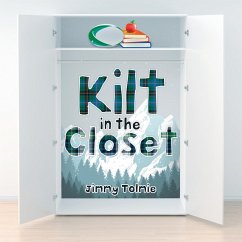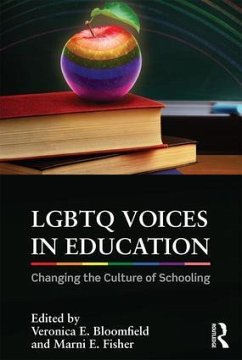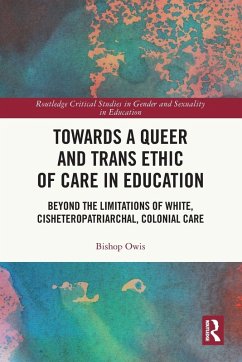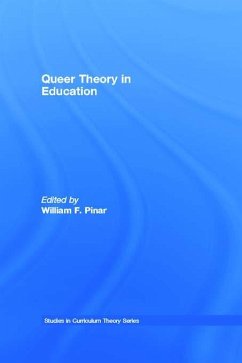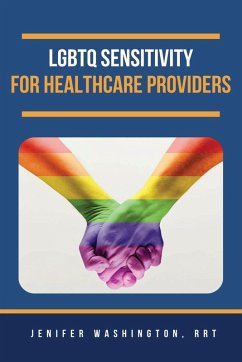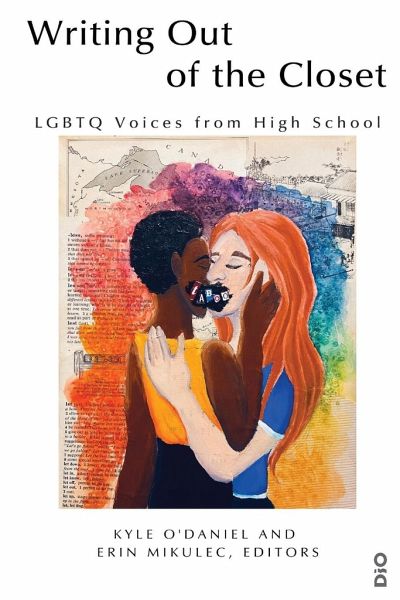
Writing Out of the Closet
LGBTQ Voices from High School
Herausgeber: O'Daniel, Kyle; Mikulec, Erin
Versandkostenfrei!
Versandfertig in 1-2 Wochen
26,99 €
inkl. MwSt.

PAYBACK Punkte
13 °P sammeln!
Despite some schools offering creative writing classes and literary magazines, LGBTQ youth may not be supported in their efforts to express themselves through writing. For instance, LGBTQ youth may face issues of censorship from teachers and administration, and they may even engage in self-censorship by not submitting their writing to such publications out of fear of rejection or out of a desire to maintain anonymity. As readers, too, these students do not see themselves reflected in books available in their school libraries, as "Four of the top ten books on the American Library Association's ...
Despite some schools offering creative writing classes and literary magazines, LGBTQ youth may not be supported in their efforts to express themselves through writing. For instance, LGBTQ youth may face issues of censorship from teachers and administration, and they may even engage in self-censorship by not submitting their writing to such publications out of fear of rejection or out of a desire to maintain anonymity. As readers, too, these students do not see themselves reflected in books available in their school libraries, as "Four of the top ten books on the American Library Association's Most Challenged List are included due to having LGBTQ characters" (Perez, 2019). The dearth of LGBTQ young adult literature is also found in public libraries (Chapman & Birdi, 2016). The message, then, becomes very clear: LGBTQ youth and their stories should remain in the closet. In response to these realities, this collection showcases the works of adolescent LGBTQ writers as they explore ideas of gender, sexuality, and youth through poetry, fiction, and personal narratives. Their work is a poignant reminder for LGBTQ students that there are others like them across the country and around the globe, and that their voices and stories have meaning and value. This collection can also serve as a resource for readers and teachers in high school classrooms and libraries to university courses that examine issues of LGBTQ youth. The pieces presented here demonstrate the power of writing as a both a tool of self-expression and of social advocacy.





